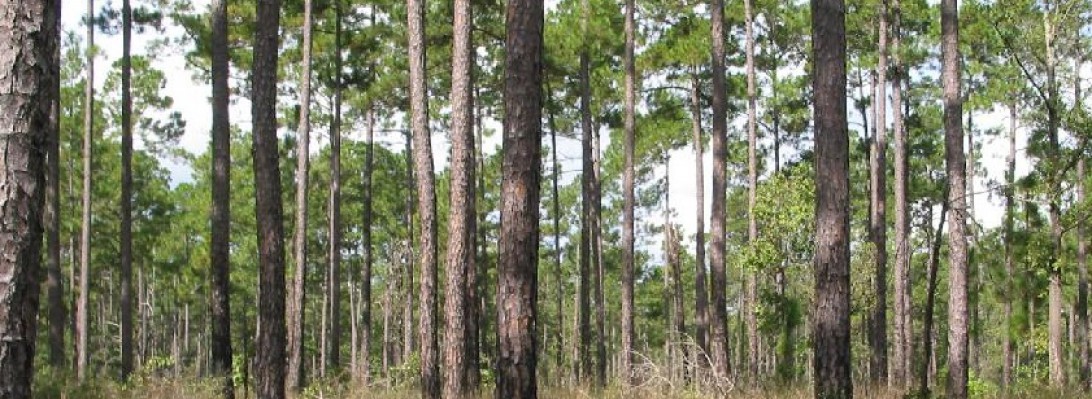NAMING
Scientific Name: Acer barbatum
Family: Aceraceae
Common: Florida maple
HABITAT
Native
Habitat: Upland coastal
Range: Virginia -> FL -> TX
TREE TRUNK
Size: Up to 60ft tall
Bark: Smooth when young, furrows with maturity
Twigs: smooth, green
LEAVES
Leaf arrangement: opposite
Leaf type: simple
Leaf margin: *entire margins between the sinuses
Leaf shape: palmately lobed (squared rather than pointed)
Leaf blade length: 2 to 4 inches long
Leaf venation: palmate
Leaf color: green
Leaf persistence: deciduous
REPRODUCTION
Flowers: inconspicuous
Fruit: semara pairs
USES
Wildlife – small mammals and birds eat the seeds
Commercial – used for flooring and veneers, planted as an ornamental
TOLERANCES
Shade – Yes
Salt – No
Fire – No
Drought – Low
Flood – No

















